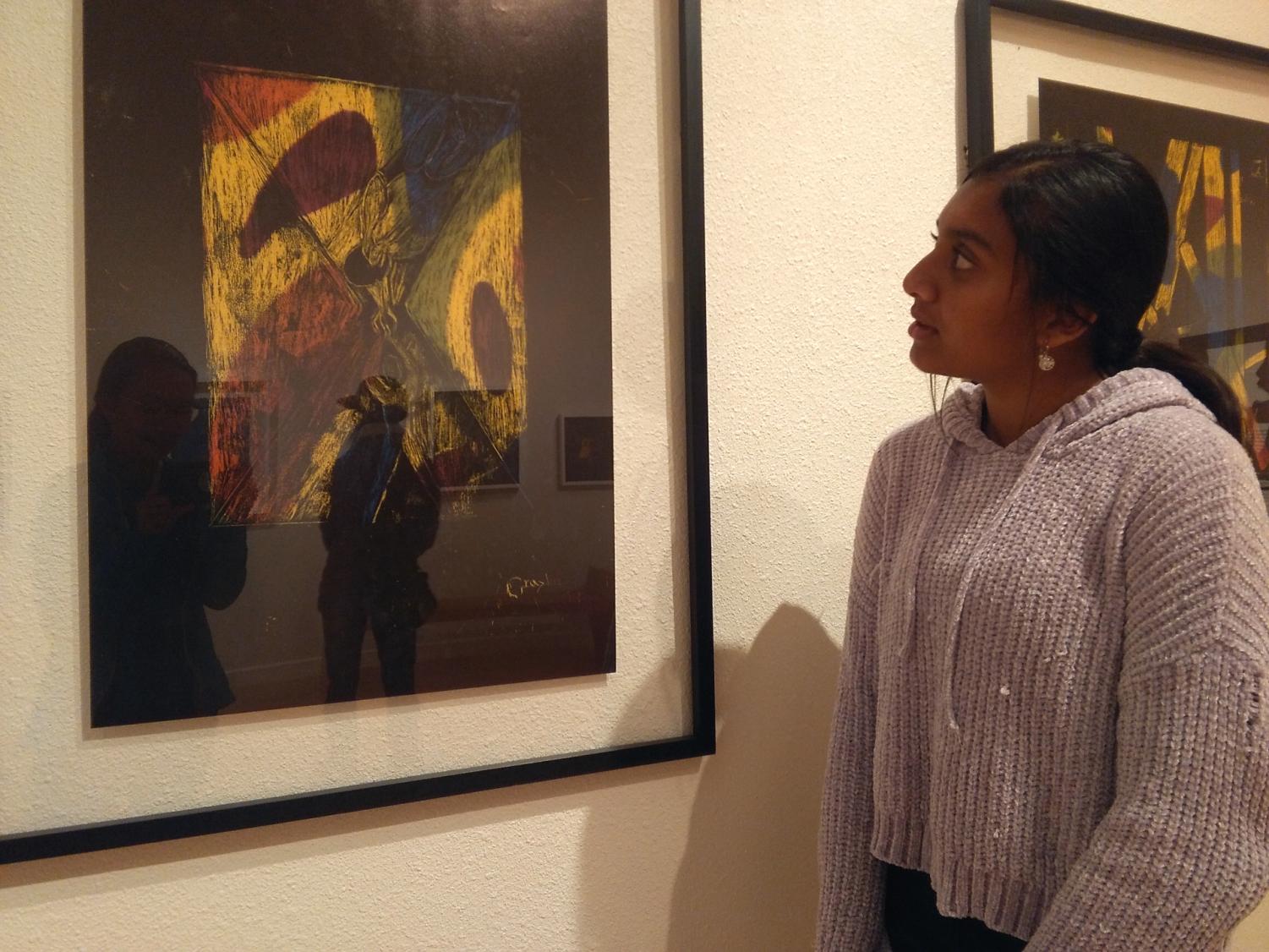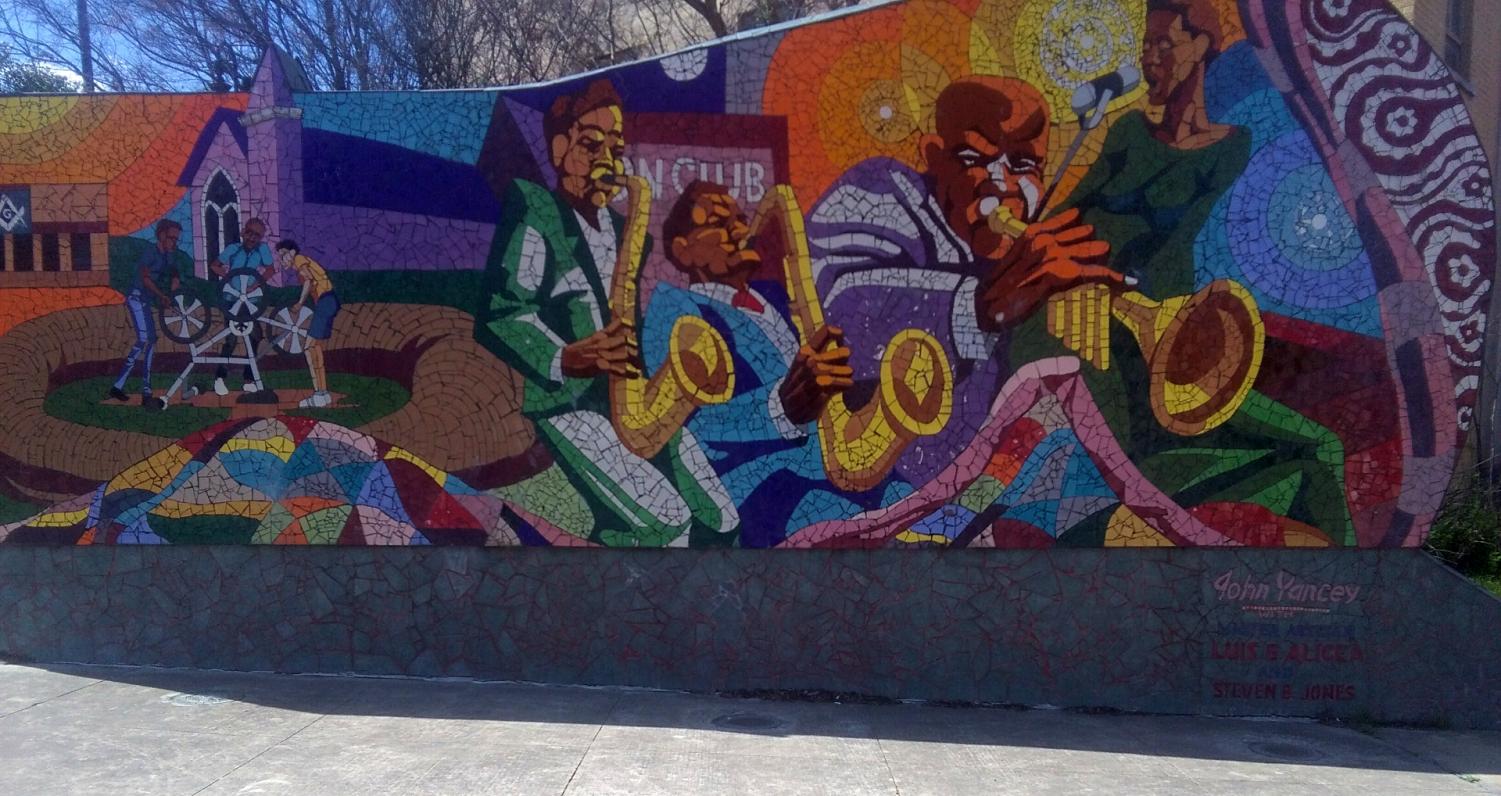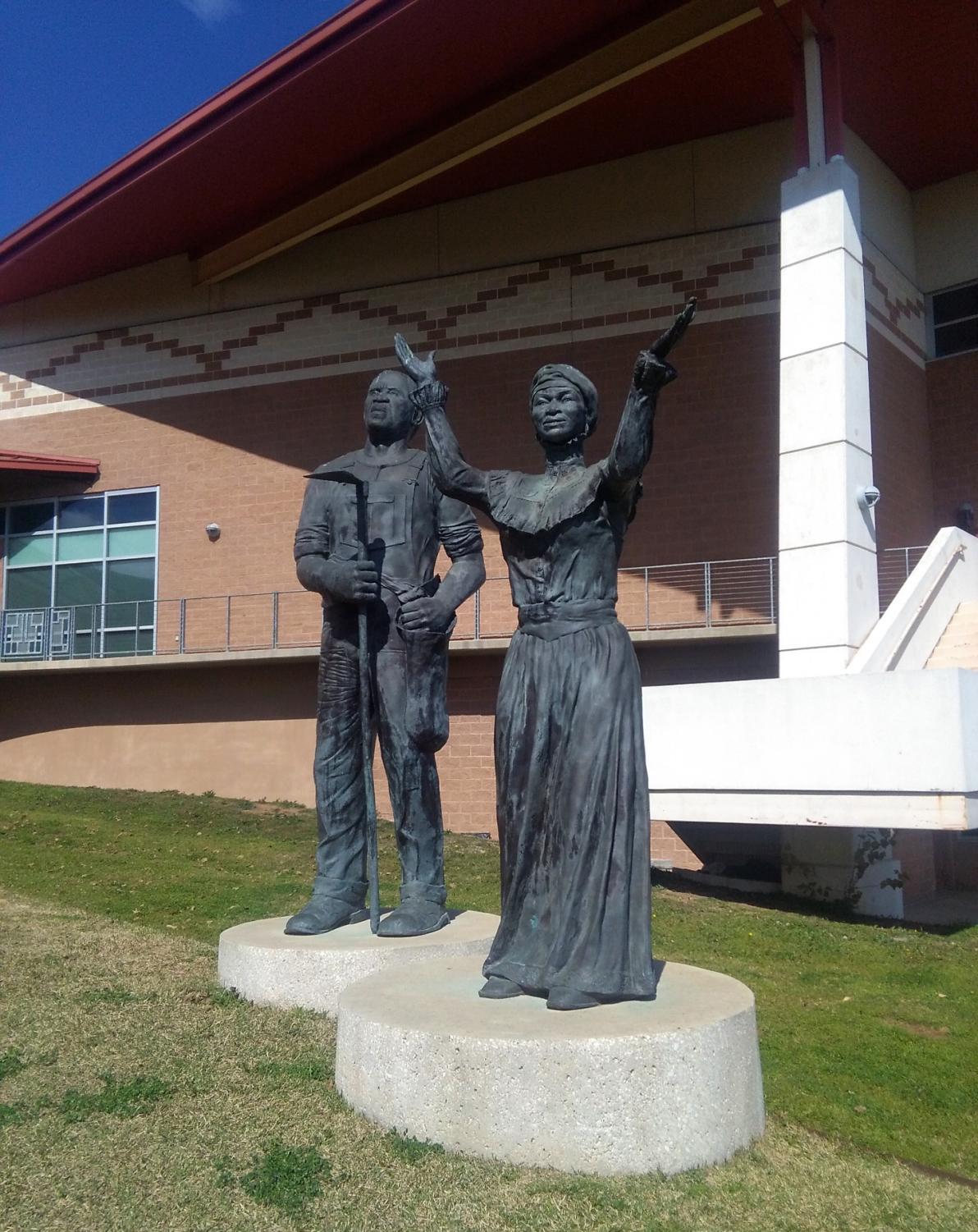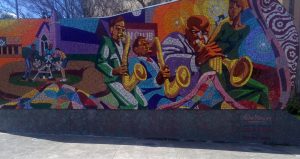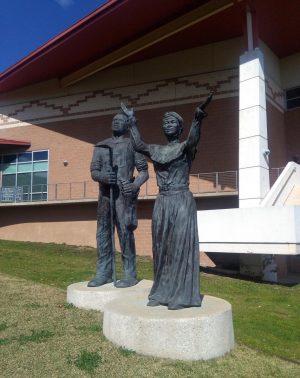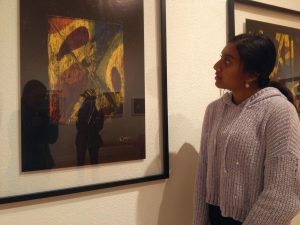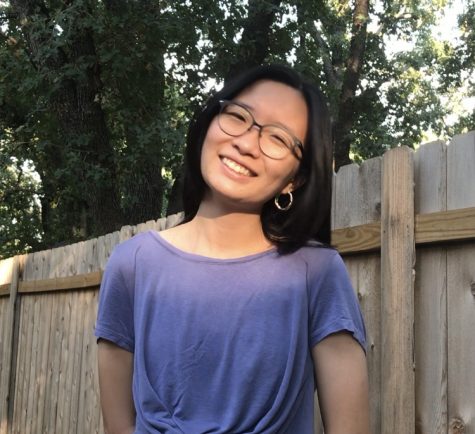IB Human Geography Studies Freshmen Observe East Austin’s Changing Cultural Landscape
March 5, 2020
Freshmen in the International Baccalaureate program (IB) took walking tours of East Austin from Monday, Feb. 24 to Thursday, Feb. 27 with their social studies classes to gain a broader understanding of it’s changing cultural landscape.
In an effort to explore developing and forging more meaningful connections with Austin as a place, IB-Prep Human Geography Studies teachers Mr. Tim Bray and Mr. Joshua Williams organized the trip with an intent to provide an opportunity for students to localize the many concepts discussed in their urban geography unit and apply observational and social skills to gain insight into the compelling stories being told in their own city.
“I learned that gentrification had such a large effect on East Austin, you could see its imprints and reconstruction going on everywhere,” Anisha Aslesh said. “Being out there was refreshing and helped me see the mix of clues left by different cultures.”
Sub-two mile routes led the participants to study the cultural imprint of local businesses, artwork, and institutions of the historical African-American community situated around East 11th street, 12th street, and surrounding areas. Encouraged to sustain the perspectives of human geographers, students reflected on their findings as they built background knowledge at the George Washington Carver Museum, where thought-provoking, relevant exhibits urged viewers to seek cross-cultural awareness and reckon with a future that accepts all through mutual respect.
“It was interesting to learn about East Austin culture and how it’s changed. You could really see the differences in the areas,” Aishwarya Shanmugavelu ‘23 said.
As power dynamics continue to shape Austin’s vibrant cultural landscape, the African-American community finds itself at the forefront of gentrification. Revitalization efforts continue to involve cultural restoration efforts that are lifted through local student engagement.

